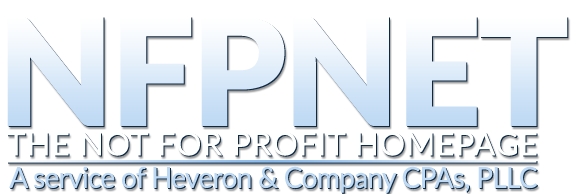When asset owners sell assets to charities for less than their fair value, that is
called a bargain sale to charity, and everyone can win. The charity wins because
they receive the excess value, and the donor wins because they receive some
payment and a deduction. The payment they receive usually gets preferred tax
treatment as a capital gain, and the charitable gift from the excess of the fair
market value over the selling price is deductible as an itemized deduction.
Another variation of the bargain sale occurs when an individual transfers debt-
encumbered property to a charity. The debt that is assumed by the charity is treated
as a payment, so like a traditional bargain sale, this is a part-sale/part-gift,
generally resulting in capital gains and a charitable contribution deduction to the
donor.
Both of these methods can be an excellent way to get assets to a charity and
favorable tax treatment to the donor.
For example, suppose that a property owner purchased land for $10,000. It is now
worth $100,000. He agrees to sell the land to the charity for $40,000. The property
owner has a capital gain (which is taxed at lower rates) of $30,000 ($40,000 selling
price less $10,000 tax cost). The transferor also has a charitable contribution of
$60,000 (fair value of $100,000 less selling price of $40,000).
Contact Us
Heveron & Company CPAs, PLLC
260 Plymouth Avenue South
Rochester, NY 14608
Telephone: (585) 232-2956
Fax: (585) 423-0599
Email: mail@heveroncpa.com


